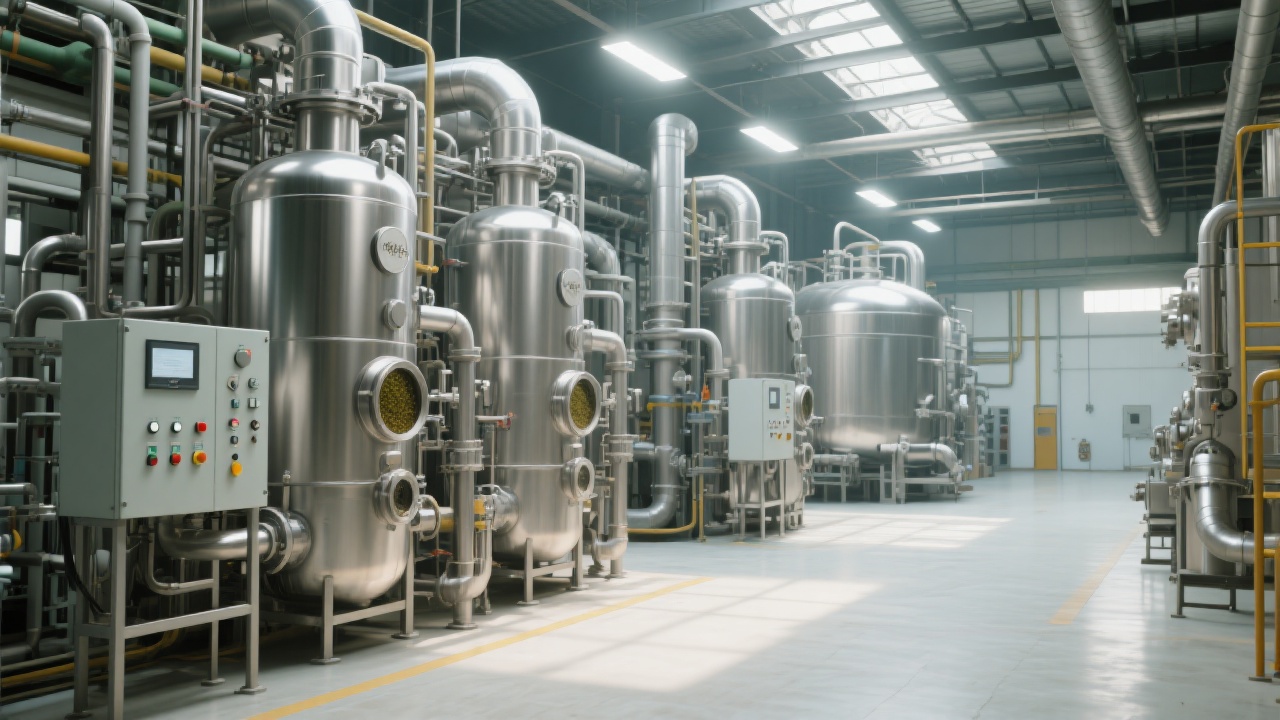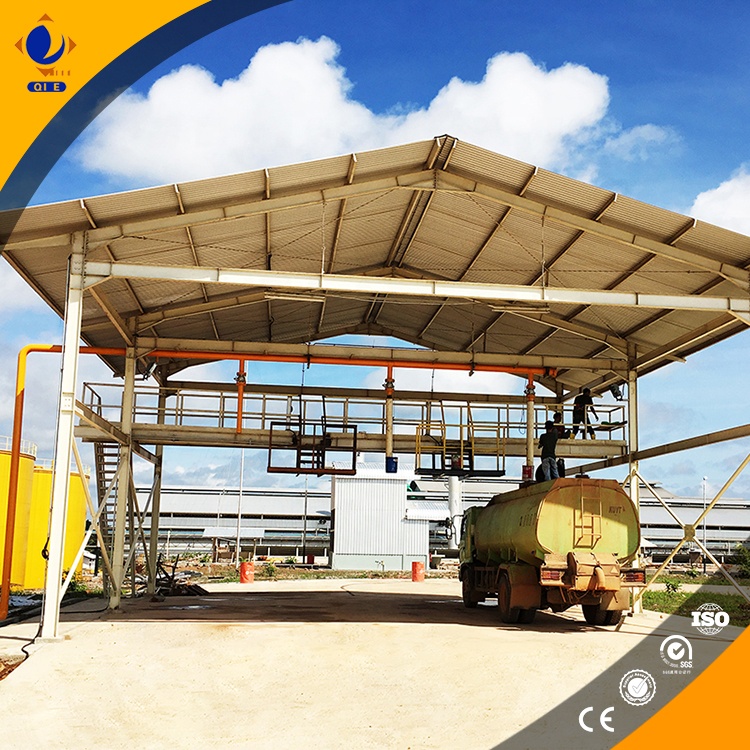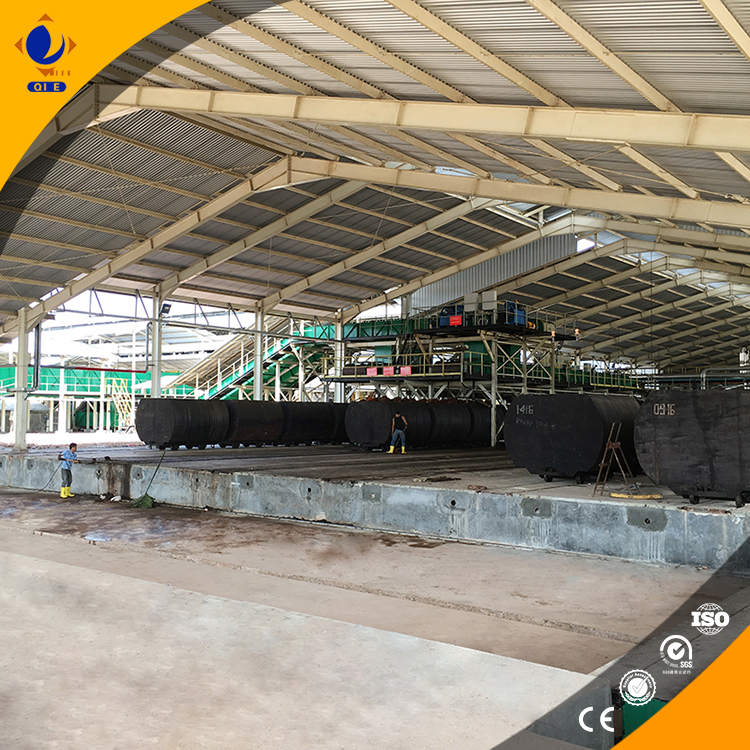
In the realm of sesame oil production, maintaining high - level hygiene standards is not just a regulatory requirement but also a crucial factor for enhancing product safety and market competitiveness. This article delves into how the CIP (Clean - in - Place) cleaning system and automated cleaning processes can revolutionize sesame oil production hygiene.
Sesame oil production often encounters significant hygiene risks. Microbial over - growth is a prevalent issue. For instance, bacteria and fungi can thrive in the production equipment, especially in areas with residual oil and moisture. According to industry statistics, approximately 30% of small - and medium - sized sesame oil factories face problems related to microbial超标. Cross - contamination is another major concern. When different batches of sesame oil are processed using the same equipment without proper cleaning, it can lead to flavor mixing and potential safety hazards.

To prevent external contamination, a fully enclosed system is an effective solution. The choice of materials plays a vital role. 304 stainless steel is widely used in the construction of sesame oil production equipment. It has excellent corrosion resistance, which can withstand the corrosive effects of oil and cleaning agents. A well - designed sealed structure further enhances the protection against external pollutants. As an industry expert from ISO9001 certification once stated, "A proper material and structure design can reduce the risk of external contamination by up to 80%."
The CIP cleaning system is the core of the hygiene management in sesame oil production. Its configuration includes cleaning agents storage tanks, pumps, pipelines, and spray nozzles. The automated operation mechanism ensures a consistent and thorough cleaning process. It can be programmed to perform different cleaning cycles according to the production schedule. For example, after each production batch, a quick rinse can be carried out, followed by a more comprehensive cleaning at the end of the day.

The cleaning processes are divided into daily, weekly, and monthly routines. The daily cleaning mainly focuses on removing surface residues and preventing microbial growth. Key checkpoints include the cleanliness of pipelines and nozzles. Weekly cleaning involves a more in - depth inspection and cleaning of internal components. Monthly cleaning is a comprehensive maintenance, including the disassembly and cleaning of some parts. A detailed checklist can ensure that no cleaning steps are missed.
| Cleaning Cycle | Main Tasks | Key Checkpoints |
|---|---|---|
| Daily | Remove surface residues | Pipelines, nozzles |
| Weekly | In - depth inspection and cleaning | Internal components |
| Monthly | Comprehensive maintenance | Disassembled parts |
By comparing successful and failed cases, we can extract practical cleaning management strategies. Successful factories often have a well - trained cleaning team, strict cleaning protocols, and regular equipment maintenance. In contrast, failed cases usually lack proper cleaning procedures and monitoring. We have helped over 200 small - and medium - sized enterprises achieve a compliant transformation in cleaning management, which has significantly improved their product safety and market competitiveness.

To further enhance your knowledge in sesame oil production hygiene management, we offer a free PDF whitepaper. You can download it by clicking the link below. Also, we encourage you to participate in our interactive questionnaire or leave your questions in the comment section. Your feedback will be used to improve our content.
Download Our PDF Whitepaper on Sesame Oil Production Hygiene Now!